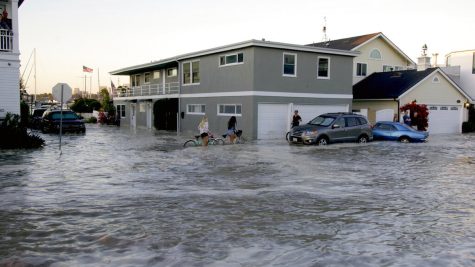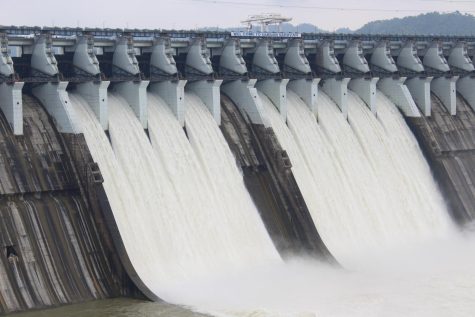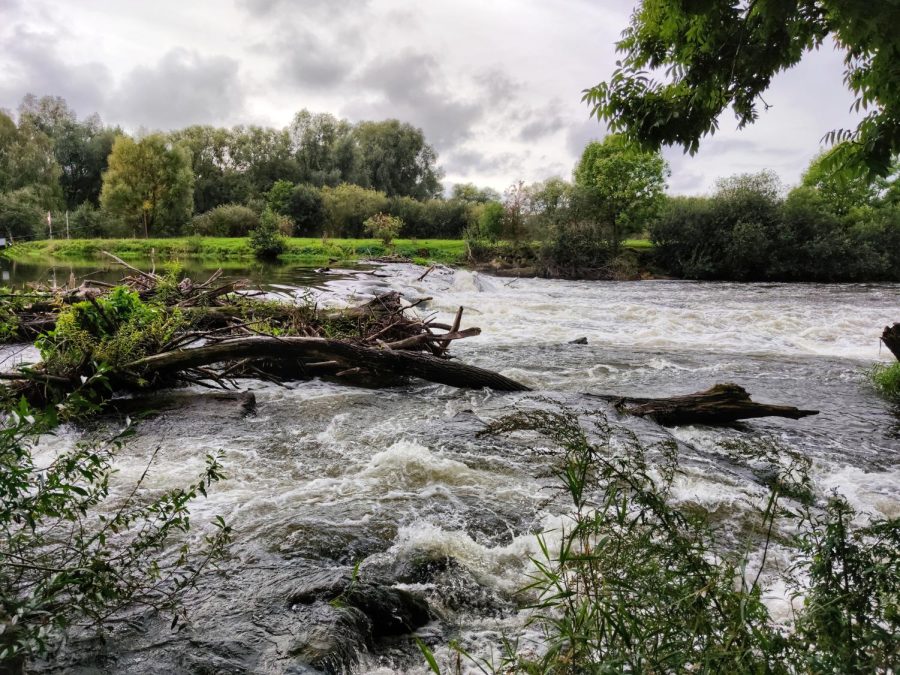“The Big One” As A Megastorm?
October 17, 2022
Often referred to as the dry state, California is taking a turn. Experts say a mega storm will hit and drench our state sometime in the next four decades. Many feared “the big one,” but it may not be an earthquake or megadrought as expected. Instead, it may very well be a mega storm that will cause disastrous flooding and have many other repercussions.

California has been getting mega storms every 100-200 years for a long time, but it’s said that this mega storm will be nothing like anyone’s ever seen. The storm will be bigger and larger because it has been exacerbated by climate change. Because of the warmer temperatures, the storm will fall mostly as rain and not snow this time. This is because warmer air holds more water because of the rising temperatures. So instead of the storm falling primarily as snow and gradually melting, it will come in massive rain. The storm comes from atmospheric rivers that collect vapor and funnel it to the west coast. Once it hits the mountains, it will create rainfall and snow. The rain is expected to last for weeks and create flooding and landslides. It said that Los Angeles could get up to 2 inches of water an hour, and some mountains get up to 100 inches of snow. When the rain hits the central valley area, one of the world’s biggest food producers, it can potentially destroy dams and farms that produce a large amount of food. The storm’s fallout will be worse than any earthquake damage has caused in history. The economic fallout is predicted to be up to 725 billion dollars.
This is not the first time California has seen a disastrous mega-storm. In 1861-1862 a storm hit Sacramento and other areas close by and destroyed cities. Some areas were said to have 30 feet of water for weeks, destroying the city. Sacramento itself was stuck under debris and flooding for months. The storm killed thousands of people and destroyed houses and farms. The state had to declare bankruptcy. Studies show that this will happen again but much worse and more frequently. Since the flood of 1861, California has built many systems, such as levees and dams, to divert water flow out of populated areas, but it’s a question of whether they will work. In 2017 northern California had a giant storm that broke through the Oroville Dam and led to the evacuation of 180,000 people. The mega-storm will be on a larger scale than that, which leaves people wondering about what’s to come. 
In Sacramento, they have started to strengthen their leaves and other flood prevention systems. By 2030, they will have 200 years of flood protection. That’s only in Sacramento, though, and it will cost around 6 billion dollars. Not every area can afford to build dams and strengthen their levees and will be left with an enormous amount of debris and water, and officials are spending more time and resources on larger areas of the state.
The preventive measures for these floods are up to the leaders of the states, and there is little to nothing that individual citizens can do to keep themselves and their families safe from the oncoming mega storm.









